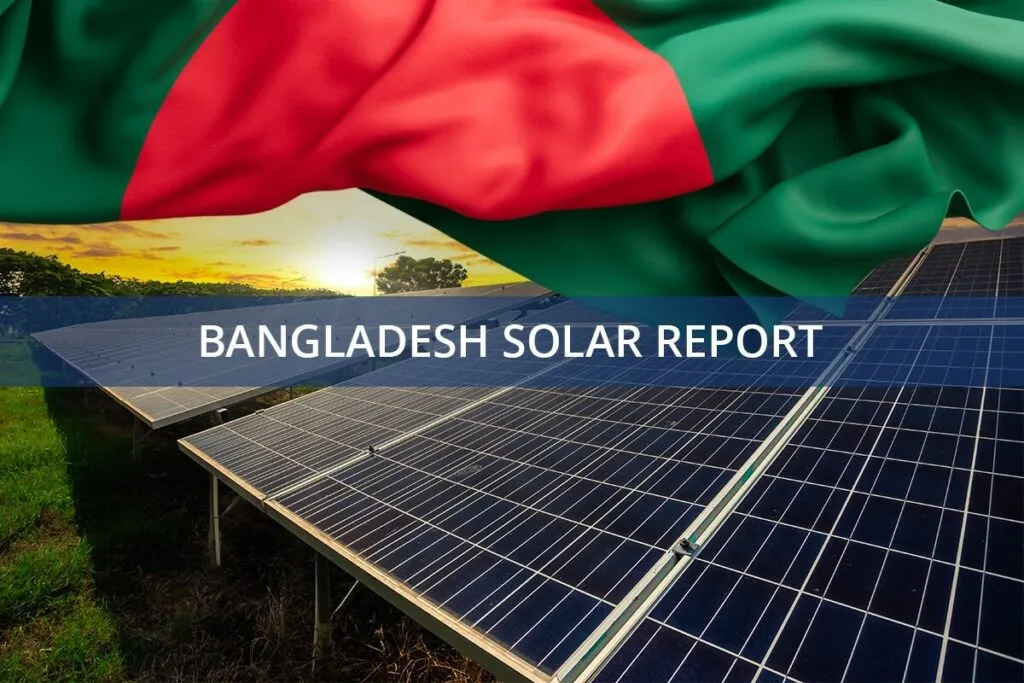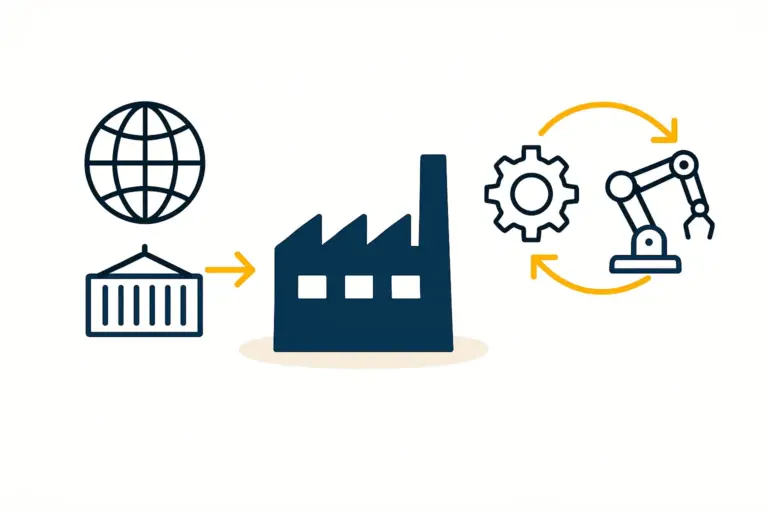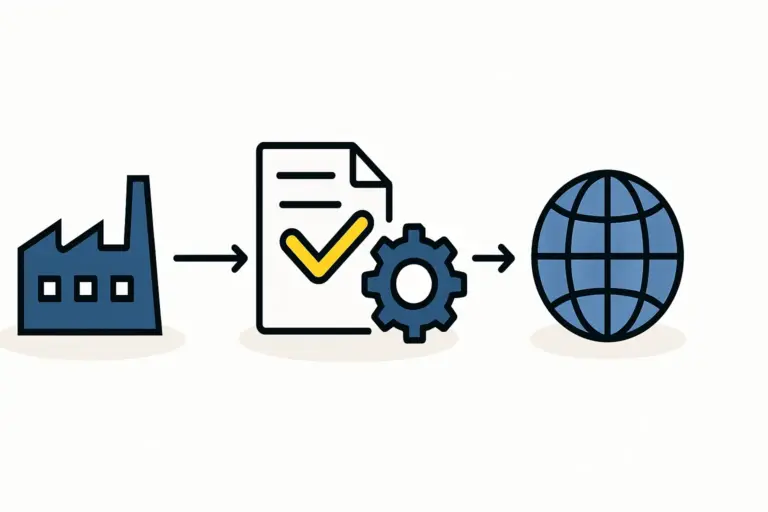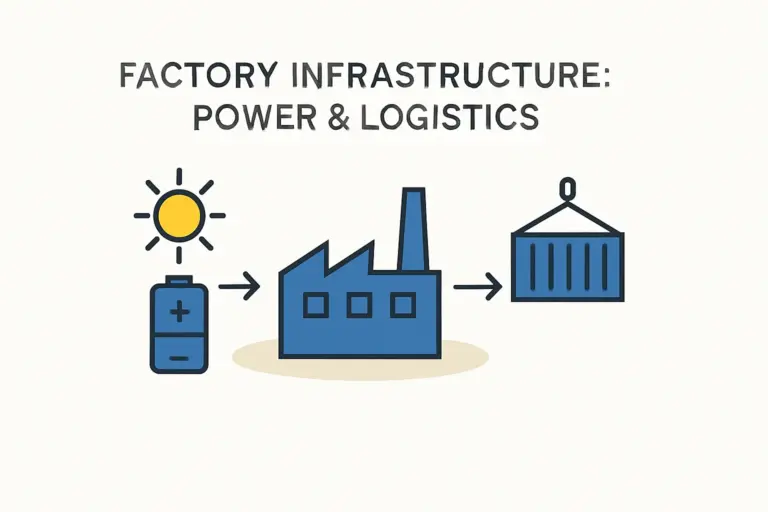Many entrepreneurs eyeing the solar industry are drawn to Bangladesh’s large and cost-effective labor force. While the numbers are compelling on the surface, a successful solar module factory isn’t built on low-cost labor alone; it’s built on skilled labor. The critical question is not “How much does labor cost?” but rather, “What investment is required to develop an available workforce into a proficient technical team?”
This article provides a realistic assessment of the labor market in Bangladesh for solar manufacturing, outlining the necessary skills, typical costs, and the essential role of structured training in ensuring a new facility can meet international quality standards.
Table of Contents
The Bangladeshi Labor Landscape: An Overview
With a population of over 165 million and a large youth demographic, Bangladesh has a vast pool of potential workers who are generally motivated and eager to learn. The country’s rapid industrialization, particularly in the garment sector, has created a workforce accustomed to factory environments and production discipline.
However, solar module manufacturing is a semi-automated, precision industry that demands a higher level of technical competence than most traditional sectors.
Key Economic Factors:
- Labor Availability: A large pool of unskilled and semi-skilled labor is readily available.
- Wage Structure: While minimum wages in sectors like garments are around USD 100-150 per month, specialized technical roles require more competitive compensation. Skilled technicians and junior engineers can command salaries from USD 300 to USD 800, depending on their experience and qualifications.
- Government Focus: The Government of Bangladesh actively supports industrial growth and skills development through organizations like the National Skills Development Authority (NSDA), aiming to prepare its workforce for more technologically advanced industries.
For a new investor, the primary challenge is not finding people, but bridging the skills gap between general industrial experience and the specific requirements of the photovoltaic industry.
Required Skill Sets for a Solar Module Production Line
A typical small to medium-scale solar factory (e.g., 20-50 MW capacity) can run efficiently with a team of 25 to 40 employees. These roles fall into three main categories:
1. Production Operators
Operators make up the majority of the workforce and are responsible for running machines along the production line, such as the stringer, layup station, and laminator. The work is process-driven, demanding precision, attention to detail, and the ability to follow standardized procedures consistently. Ideal candidates are disciplined and can maintain focus during repetitive tasks to ensure quality.
2. Technicians and Engineers
This smaller, more specialized group is the factory’s technical backbone. Their responsibilities include:
- Machine setup, calibration, and maintenance.
- Troubleshooting production issues to minimize downtime.
- Overseeing the quality control process, including electroluminescence (EL) and sun simulation tests.
- Implementing process improvements.
These roles demand a foundational understanding of mechanics, electronics, and automation. Individuals with diplomas in electrical or mechanical engineering are often well-suited for these positions, provided they receive industry-specific training.
3. Management and Administration
This group includes a factory manager, quality control manager, and administrative staff. The factory manager oversees all operations, from supply chain management to production scheduling and workforce supervision. A comprehensive solar panel manufacturing business plan is essential for defining these roles and their responsibilities from the start.
The Reality of Workforce Training: From Raw Talent to a Skilled Team
While Bangladesh offers abundant human resources, you cannot expect to hire a “solar-ready” workforce. A structured, intensive training program isn’t an option—it’s a prerequisite for success. Such training is a core component of establishing a turnkey solar panel production line.
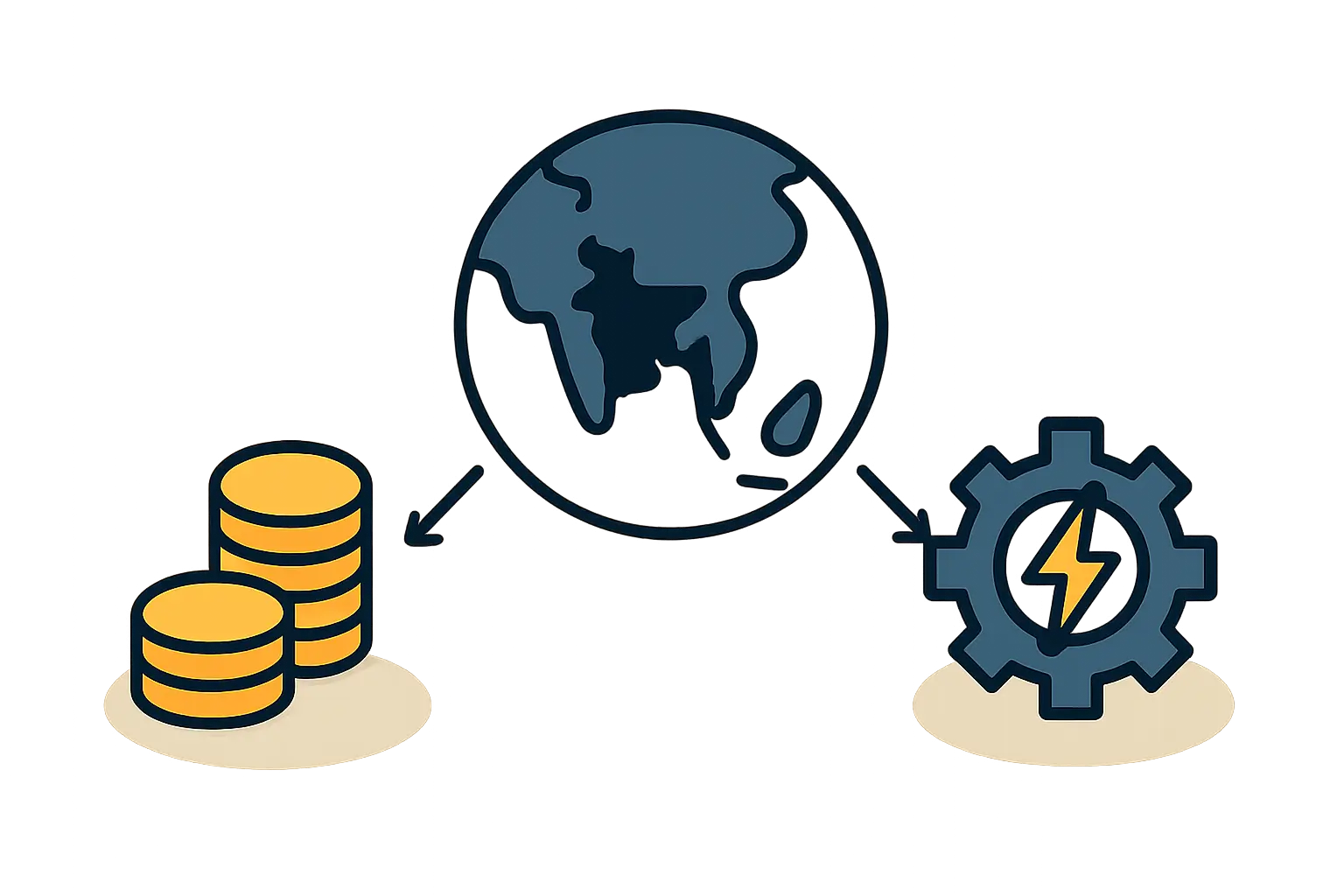
Operator Training
For operators, training focuses on mastering a specific station in the solar panel manufacturing process. This involves:
- Machine Operation: Learning the step-by-step procedure for a single piece of equipment.
- Material Handling: Understanding how to manage delicate materials like solar cells and glass without causing defects.
- Quality Checks: Performing visual inspections at their station to catch common defects early.
Effective operator training can typically be completed within a few weeks under the guidance of experienced instructors.
Technician and Engineering Training
Training for technicians is far more comprehensive. It must cover the entire production line, enabling them to diagnose and solve problems anywhere in the system. Key modules include:
- Preventive Maintenance: Performing scheduled servicing of all machinery to prevent breakdowns.
- Corrective Maintenance: Applying a systematic approach to identify the root cause of a machine failure and repair it.
- Quality Control Systems: Gaining in-depth knowledge of how to operate and interpret data from testing equipment like EL testers and sun simulators.
This advanced training is often delivered by equipment suppliers or a technical partner, such as J.v.G. Technology, which provides on-site instruction until the local team is fully self-sufficient.
Estimating Labor Costs for a Small to Medium-Sized Factory
A preliminary labor budget must account for the different skill levels required. Although precise figures depend on location and candidate experience, a representative model for a 30-employee factory in Bangladesh can be broken down as follows:
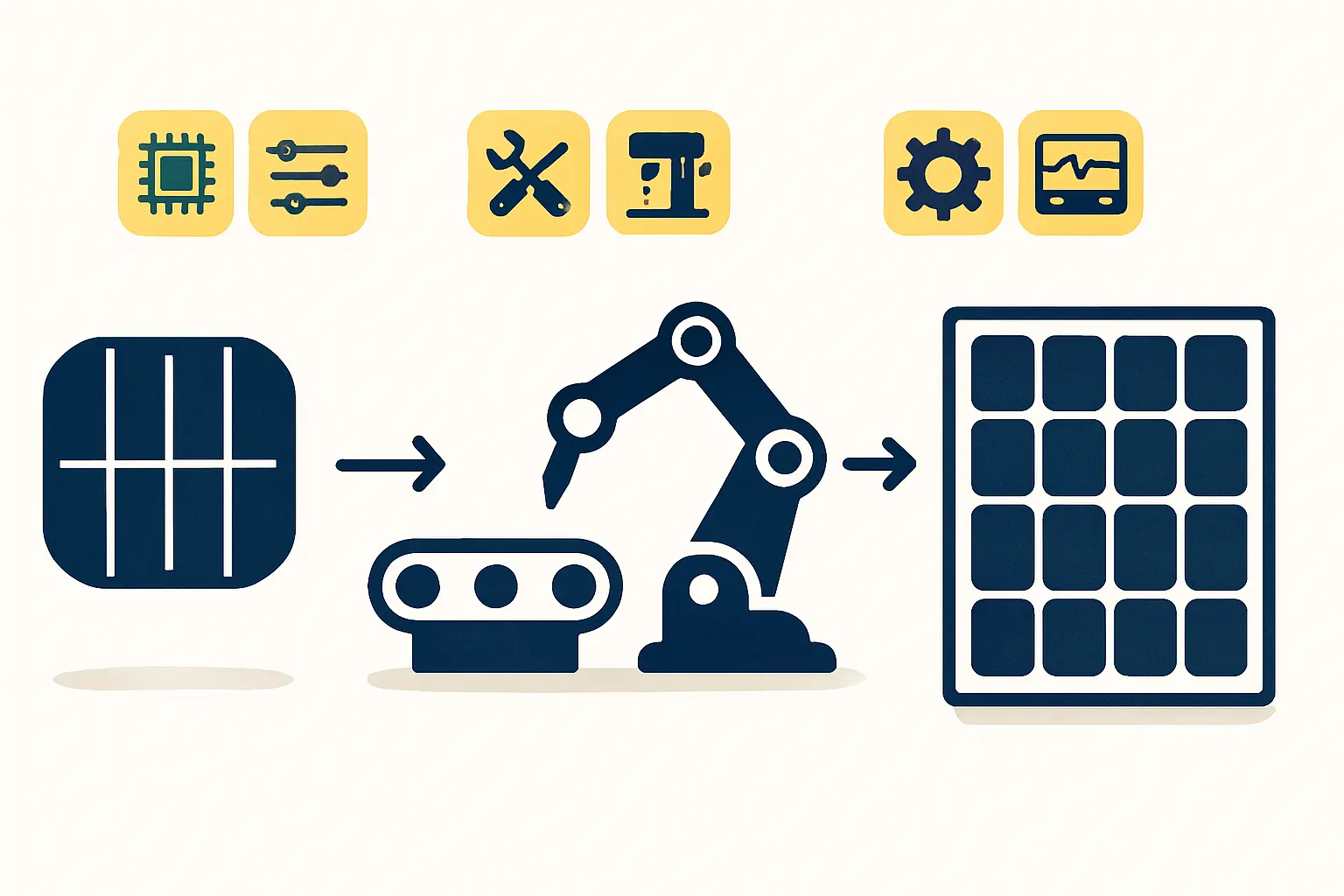
- Production Operators (Approx. 20-22 employees): Monthly salary of USD 150 – 250 per person.
- Technicians & Junior Engineers (Approx. 5-6 employees): Monthly salary of USD 300 – 600 per person.
- Management & Admin (Approx. 2-3 employees): Monthly salary of USD 600 – 1,200+ per person.
This structure highlights that while the majority of the workforce is affordable, investing in a smaller group of skilled technical staff is crucial for operational stability and product quality. These figures should be treated as an initial guide, as actual costs will vary with local market conditions.
The “Hidden” Cost: The Value of a Structured Training Program
Many new investors focus on salary costs and underestimate the critical investment required for training. Without a professional training program, a factory risks:
- Low Yield: High rates of material waste and defective products.
- Extended Downtime: The team’s inability to resolve machine issues quickly.
- Inconsistent Quality: Failure to meet international certification standards like IEC 61215.
A professionally executed training program, often part of a turnkey factory setup, effectively transfers critical knowledge to the local team. This initial investment pays dividends through higher efficiency, better product quality, and long-term operational independence. Experience from J.v.G. turnkey projects shows that a well-trained local team can achieve international production benchmarks within its first year of operation.
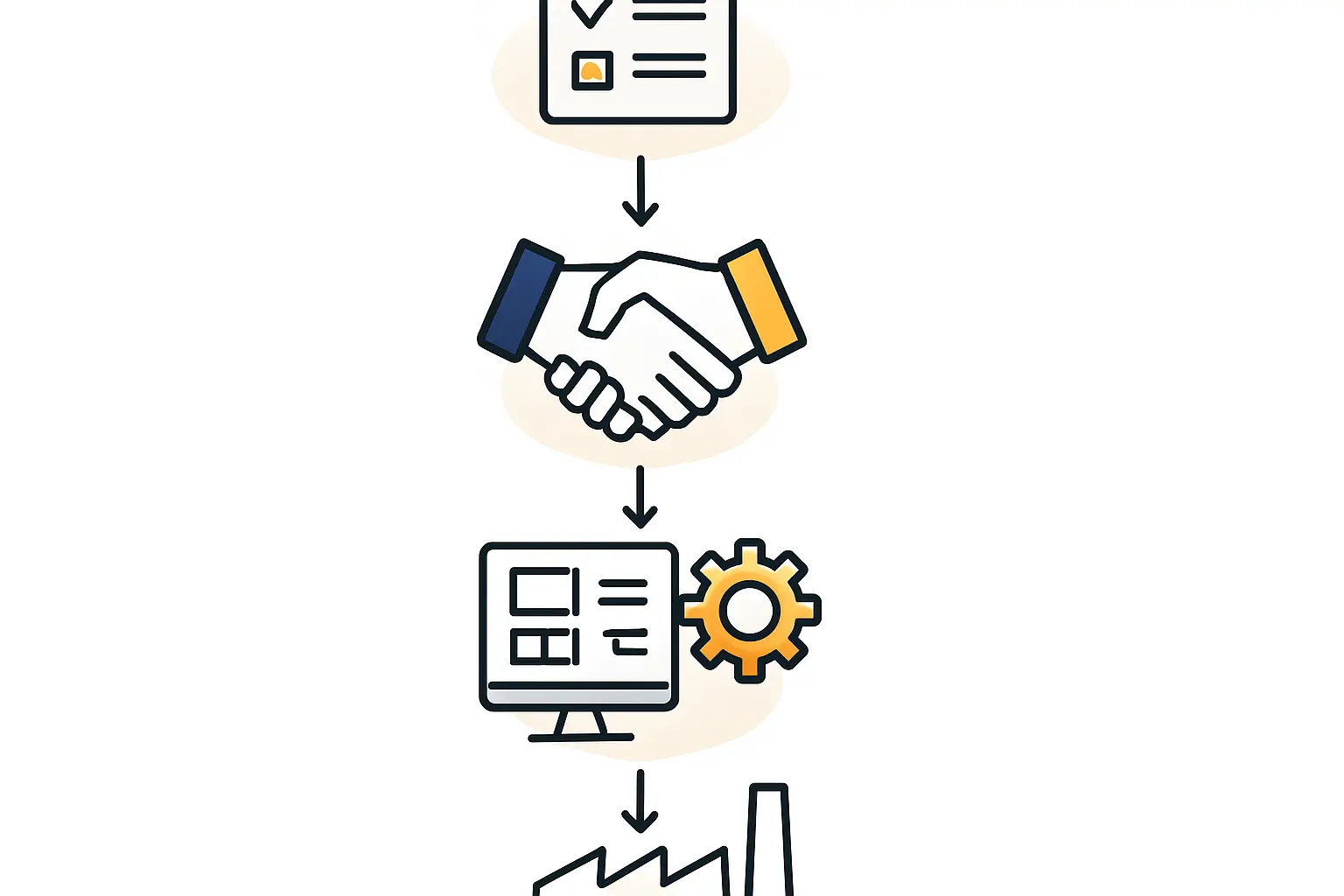 solar panel lamination machine.”/>
solar panel lamination machine.”/>Frequently Asked Questions (FAQ)
-
Is it difficult to find workers with a technical background in Bangladesh?
A: Finding individuals with general technical diplomas (e.g., in mechanics or electronics) isn’t difficult. However, finding personnel with prior experience in photovoltaic manufacturing is rare. The best strategy is to hire for aptitude and provide specific, intensive training. -
How long does it take to train a new workforce?
A: Basic operator training can take 2-3 weeks. Comprehensive training for technicians and engineers, including maintenance and quality control, typically requires 4-6 weeks of intensive, hands-on instruction from experts, followed by a period of supervised operation. -
Should we hire an expatriate factory manager?
A: For the initial 1-2 years, hiring an experienced expatriate factory manager offers a significant advantage. This manager can implement best practices, mentor the local team, and establish a culture of quality. Over time, this role can transition to a trained local manager. -
What is the typical employee turnover rate in Bangladeshi factories?
A: Turnover can be a challenge. However, factories that invest in their employees through fair wages, a positive work environment, and skills development programs tend to have significantly higher retention rates. Becoming an employer of choice is a key competitive advantage.
Next Steps in Planning Your Workforce
Understanding labor dynamics in Bangladesh is a foundational step in your investment journey. The country offers immense potential, provided you approach workforce development with a strategic mindset. The focus must be on building capability, not just filling positions.
The next logical step is integrating these labor assumptions into a detailed financial model and operational plan. This involves mapping out specific roles, defining the training curriculum, and budgeting for both salaries and the essential skills-transfer program that will ultimately determine your venture’s success.

